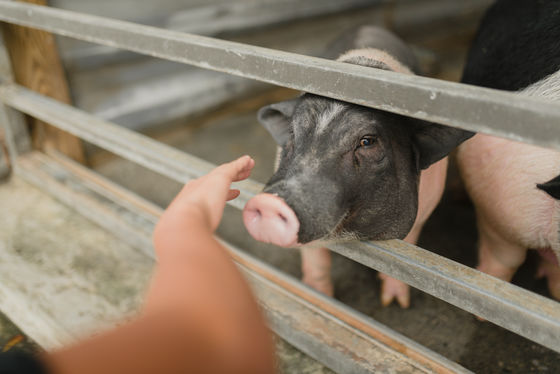Why do so many epidemics occur in Asia and Africa?

Wuhan, Hubei Province, China, is the source of the
Why so many epidemics originate in Asia and Africa – and why we can expect more
https://theconversation.com/why-so-many-epidemics-originate-in-asia-and-africa-and-why-we-can-expect-more-131657
One of the reasons that the disease is so common in Asia and Africa is that the population is increasing more than ever before, and that 60% of the world's population is concentrated in Asia or Africa. Point out. (PDF file) According to a report by the World Bank , about 200 million people moved to urban areas in East Asia from 2001 to 2010.

In order to emigrate 200 million people, it is necessary to prepare a residential area, which will destroy nature. As a result, wildlife that has lost habitat is forced to appear in cities and towns, inevitably increasing the chances of humans and wildlife coming into contact, and increasing the probability that wildlife-borne viruses will infect humans. It goes up.
Other
In particular, tropical regions such as Central Africa and Southeast Asia are rich in the diversity of organisms that host viruses, so they have become “large pools of pathogens”, and the possibility of new pathogens has become extremely high. Kuchipudi points out.
Animals that come into contact with humans are not limited to wildlife. In Asia and Africa, many households are self-sufficient in agriculture and few livestock, but cattle, pigs and chickens in close contact with humans and animals are prone to endemic carriers, although And in most parts of Africa, there are very few livestock farmers who can control disease and supplement their feed when raising livestock. As a result, the risk of transmission of the virus from animals to humans is likely to be high, Kuchupdi said.

In addition to farms, live animal markets common in Asia and Africa are also characterized by a crowded environment and close interactions between humans and animals. Especially in China and Southeast Asia, where Chinese medicine is frequently used as part of Oriental medicine , poached tigers, bears, rhinos, and pangolins are also traded as medicines, and the market dealing with wild animals is mainly in China. It is growing rapidly with economic growth in Asian countries.
Such wildlife markets play an important role in the emergence and transmission of killer pathogens, Kuchipudi said. For example, it has been pointed out that the new coronavirus (SARS-CoV-2), which is the pathogen of COVID-19, may have originated in humans from bats and snakes handled in the market in Wuhan City. .
It turns out that there is a high possibility that the new Chinese coronavirus has transmitted `` from snake to human ''-gigazine

As the COVID-19 outbreak from December 2019 shows, infectious diseases that occur in only a small part of the world can spread all over the world in a fraction of the time. 'There is an urgent need for constructive conservation strategies to prevent deforestation and reduce animal-human interactions, and comprehensive and global surveillance to monitor the emergence of unidentified illness,' Kuchipudi said. The system will be an essential tool in combating these deadly and terrifying epidemics. '
Related Posts:
in Posted by log1i_yk







